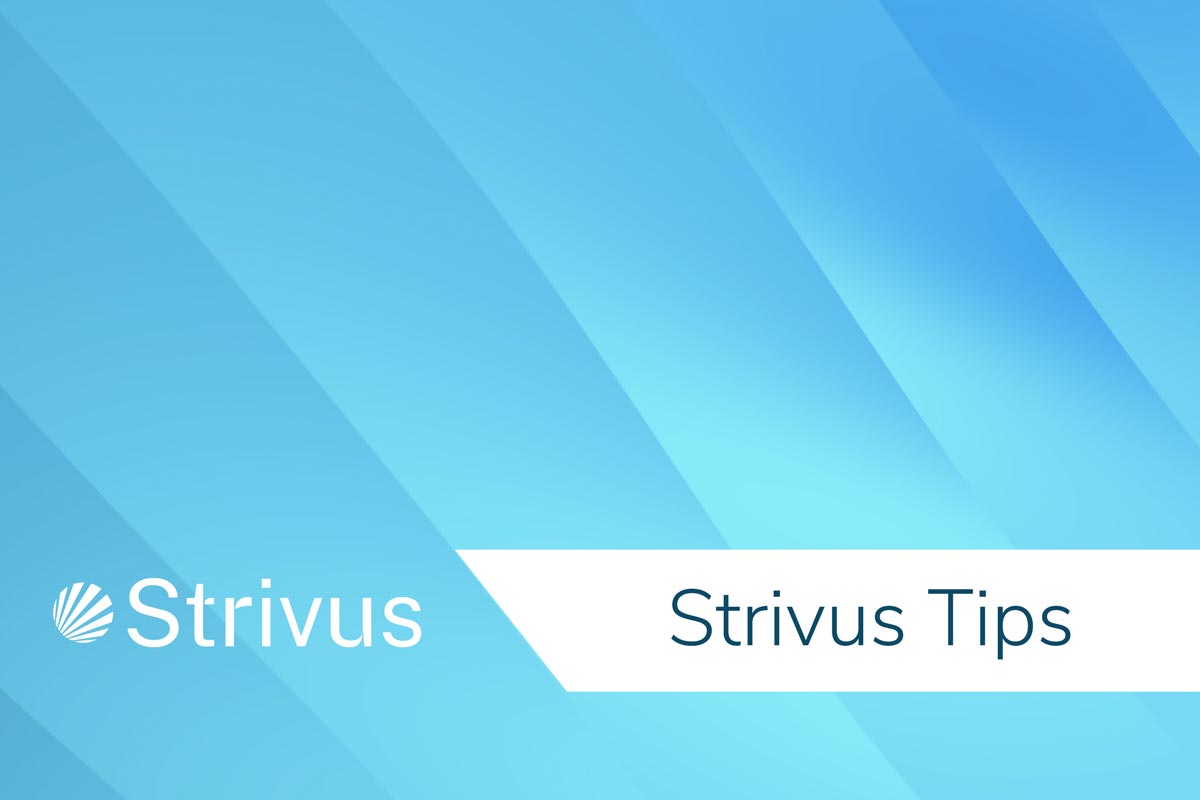Education

Learn About Money While You Are Young (Part 2)

Increasingly, young Americans are opting to join the “gig economy,” rather than working as captive employees for a single employer. Independent workers are variously called self-employed (my favorite term), consultants, contractors, freelancers, and a host of other non-employee descriptors. For them, flexibility with their time and location drives them to operate as “1099 employees,” meaning they get an annual Form 1099 instead of a W-2. Many receive multiple 1099s each year, having performed services for multiple employers.
Self-employment requires discipline, as well as a basic understanding of the Tax Code. 1099 workers generally earn a substantial hourly rate for time worked, but they are responsible for their own interactions with the U.S. Treasury. Financial obligations on 1099 earnings are significant, and failure to meet every requirement leads to costly consequences.
In our day jobs as Certified Financial Plannersâ, we have interviewed independent contractors from all walks of life. Many earn very substantial incomes, but some are not attuned to their total financial obligation under the U.S. Tax Code. Some find out that they are not as well off as they thought because Uncle Sam lays claim to a large portion of their gross earnings.
Too often, the decision to freelance is made without sufficient information, setting up the worker for financial trouble. Here are some potential problems:
- Instead of 7.65% being deducted from their paycheck for mandatory Social Security and Medicare, self-employed workers must pay 15.3% of earnings “out of pocket” for these items.
- Contractors are required to pay quarterly Estimated Tax Payments to the U.S. Treasury on Form 1040-ES.
- Contractors generally receive no fringe benefits from their gig employers and are therefore responsible for their own insurance coverages and retirement savings plans.
- No Employer Matching Contributions are available for Retirement Accounts of contractors, but as a trade-off, individual contribution limits are higher.
This week, Americans are facing changes in the law, potentially limiting gig workers’ opportunities. We will report in depth next week, once the dust has settled.
Only after a thorough understanding of the costs involved in gig work can a self-employed worker evaluate what a reasonable rate of compensation is for the skill needed and the type of work.
Van Wie Financial is fee-only. For a reason.
